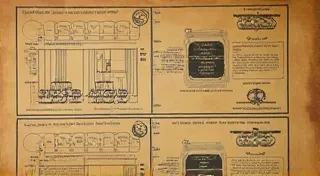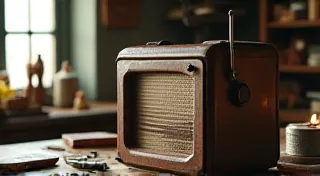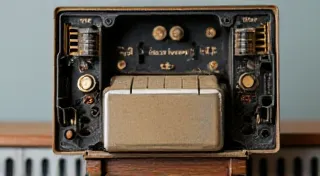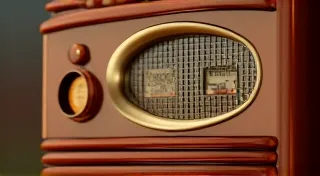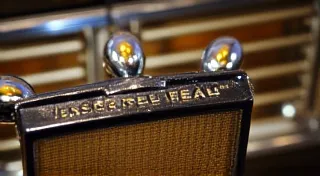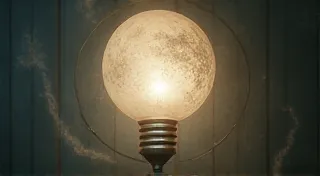The Alchemist's Workshop: Transmuting Rust into Resonance
There’s a particular aroma that clings to antique radios, a comforting blend of aged paper, beeswax, and the ghosts of vanished broadcasts. It’s the scent of history, of a time when craftsmanship was paramount and the air crackled with the burgeoning promise of radio technology. Restoring these time capsules isn’t merely repair; it’s a delicate alchemy, a pursuit akin to the historical alchemists who sought to transmute base metals into gold. We aren’t seeking precious metal, but something far more resonant – the vibrant hum of a resurrected voice from the past.
I remember the first radio I restored. It was a Philco 48, its cabinet coated in a thick layer of grime and its tubes lifeless. The owner, an elderly gentleman, had inherited it from his father, who had listened to the broadcasts of the 1940s pouring from its speakers. He hadn't been able to listen to it in decades, and the prospect of hearing those familiar voices again filled him with a profound longing. That project wasn’t just about replacing capacitors or cleaning contacts; it was about rekindling a memory, reawakening a connection to a cherished past. It was an alchemy of sound and sentiment.
The Historical Context: From Sparks to Symphonies
To appreciate the restoration process, one must understand the ingenuity of the era. Early radio technology was fraught with challenges. Think of the pioneers – Marconi, Tesla, Fessenden – grappling with the fundamentals of wireless communication. Their inventions sparked a revolution, transforming communication and entertainment. The radios of the 1920s and 30s were marvels of engineering, combining complex vacuum tube circuitry with elegant cabinet designs. These weren’t mass-produced appliances; they were handcrafted pieces, often featuring richly detailed woodwork and carefully chosen materials. The craftsmanship itself deserves respect – a level of detail and dedication rarely seen in modern electronics.
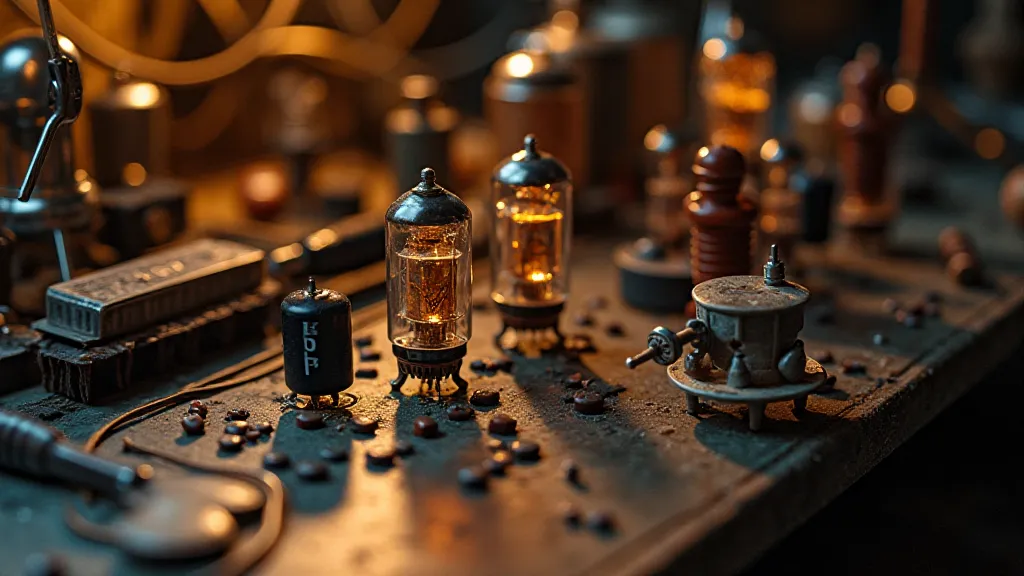
The Diagnostic Dance: Unraveling the Decay
The restoration process invariably begins with diagnosis. A seemingly dead radio might be suffering from a single failed component, or a cascade of interconnected failures. The diagnostic phase is a puzzle, demanding patience, methodical testing, and a deep understanding of radio circuitry. It's a process of elimination, tracing signals, measuring voltages, and identifying anomalies. Sometimes, the problem is obvious – a cracked tube or a swollen capacitor. Other times, it's a more elusive issue, requiring a thorough understanding of the circuit’s function and a healthy dose of intuition.
One common pitfall is assuming a simple solution. Replacing a single component without understanding the underlying cause can lead to further complications. For instance, a failed tube might be symptomatic of a problem elsewhere in the circuit, such as a leaky capacitor stressing the tube beyond its operational limits. It’s a reminder that restoration isn't just about replacing parts; it's about understanding the system as a whole.
The Restoration Ritual: Cleaning, Repairing, and Replacing
Once the faulty components are identified, the restoration ritual can begin. This often involves meticulous cleaning – removing decades of dust, dirt, and grime. Specialized cleaning solutions are often necessary to dissolve hardened wax and stubborn residues. The cabinet, too, requires careful attention. Original finishes are often fragile and irreplaceable. Restoration techniques range from gentle polishing to complete refinishing, always striving to preserve the character and authenticity of the radio.
Replacing components is another critical step. Modern equivalents are often substituted for obsolete parts, ensuring the radio’s long-term reliability. However, simply dropping in a modern capacitor isn't always enough. Sometimes, the original component's characteristics – its capacitance, voltage rating, or even its physical dimensions – are crucial to the circuit’s proper function. Careful research and a nuanced understanding of radio technology are essential.
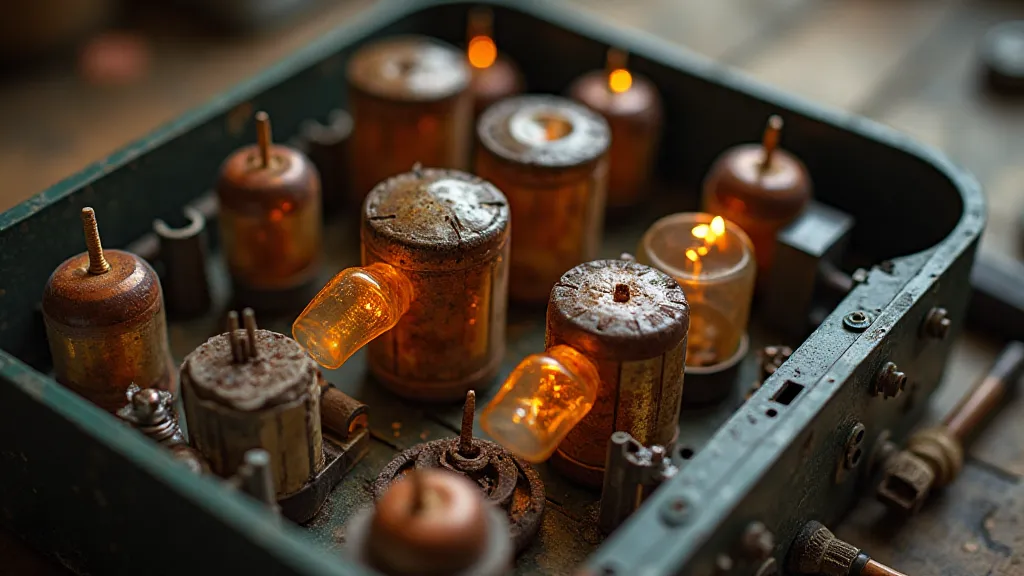
Beyond Repair: Preserving History and Craftsmanship
The emotional reward of restoring an antique radio is profound. It’s more than just fixing a broken device; it’s about reconnecting with a bygone era, preserving a piece of history, and honoring the craftsmanship of the original builders. The first crackle of music emanating from a resurrected radio is a moment of pure satisfaction, a testament to the power of perseverance and the beauty of restoration.
Consider the broader implications. These radios weren’t designed to last forever. The fact that they survive, often in relatively good condition, is a testament to their inherent quality and the dedication of previous owners who cared for them. By restoring them, we're not just saving individual pieces of equipment; we're preserving a legacy of innovation and craftsmanship.
The Collector’s Perspective: More Than Just Objects
For those who collect antique radios, the appeal extends beyond mere nostalgia. These are tangible links to the past, each radio telling a story of its own – a story of its original owner, the broadcasts it received, and the times it witnessed. Collecting often involves a deep dive into radio history, tracing the evolution of technology and design. Understanding the context – the social, economic, and technological forces that shaped these devices – enhances the appreciation for their significance.
Restoring a radio isn't always about achieving perfect originality. Sometimes, a certain level of “patina” – the marks of age and use – adds to the radio's character. The goal is to strike a balance between preservation and restoration, maintaining the radio’s authenticity while ensuring its long-term functionality. It's a delicate dance between respecting the past and embracing the future.
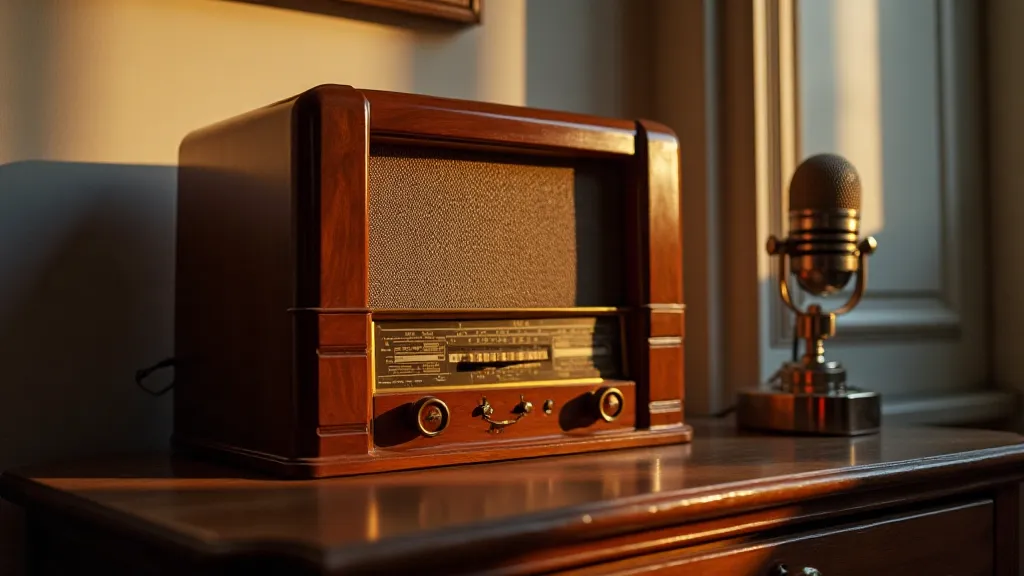
The alchemist sought to transmute base metals into gold, a symbol of perfection and value. In the restoration of antique radios, we engage in a similar quest – transforming decay into resonance, silence into sound, and history into a living, breathing experience.
